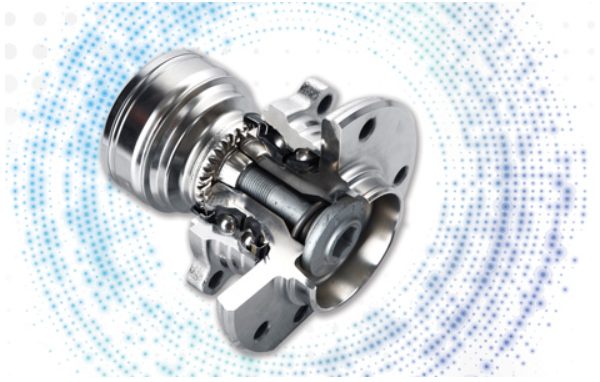
Introduction
Car bearings may seem like a minor component in the grand scheme of automotive technology, but they play a vital role in ensuring your vehicle’s smooth and safe operation. Over the years, the technology used in car bearings has undergone remarkable changes, evolving from simple steel structures to sophisticated, high-tech solutions that have improved performance, durability, and efficiency. In this article, we’ll take a journey through time to explore how car bearing technology has adapted and evolved.
The Early Days: Steel Bearings
When automobiles first hit the roads in the late 19th and early 20th centuries, they used basic steel ball bearings. These bearings were simple, rugged, and effective for the technology of the time. They consisted of metal balls placed between two metal rings, allowing for smooth and low-friction rotation in various vehicle components such as wheel hubs and transmissions.
However, steel bearings had their limitations, says SCA New Orleans East. They required frequent maintenance, were susceptible to corrosion, and often failed prematurely due to high loads and harsh conditions. This spurred a wave of innovations aimed at improving car bearing technology.
Advancements in Materials
One of the most significant transformations in car bearing technology came from advancements in materials science. The introduction of high-strength alloys, ceramics, and advanced polymers revolutionized the industry. These materials offered several advantages over traditional steel:
- Corrosion Resistance: Ceramic and polymer bearings are highly resistant to rust and corrosion, making them ideal for use in various weather conditions.
- Durability: These materials can withstand higher loads and perform reliably under extreme conditions.
- Lightweight: Ceramic and polymer bearings are lighter than steel, reducing a vehicle’s overall weight and improving fuel efficiency.
Modern Bearings: The Role of Silicon
In recent years, silicon has emerged as a key player in the evolution of car bearing technology (see here). Silicon carbide (SiC) and silicon nitride (Si3N4) have become popular choices for bearing materials. Here’s how silicon is changing the game:
- High-Temperature Resistance: Silicon bearings can endure extreme temperatures without compromising performance. This feature is critical for modern vehicles equipped with high-performance engines.
- Reduced Friction: Silicon’s naturally smooth surface results in reduced friction and heat generation, increasing efficiency and reducing wear.
- Enhanced Lubrication: Silicon bearings can be used in combination with advanced lubricants, creating a nearly frictionless environment for parts to move smoothly, leading to increased fuel efficiency.
- Electrical Insulation: Silicon bearings are excellent electrical insulators, making them ideal for applications where electrical conductivity is a concern.
Adaptive Bearings: IoT and Predictive Maintenance
The Internet of Things (read about IOT here) and data analytics are transforming the way car bearings are monitored and maintained. Sensors embedded in bearings can now provide real-time data on temperature, load, and wear. This data is collected and analyzed to predict when a bearing may fail, allowing for proactive maintenance, reducing downtime, and improving safety.
The evolution of car bearing technology is a testament to human ingenuity and our unending quest to improve the performance and efficiency of vehicles. From the basic steel bearings of the past to the advanced silicon bearings and predictive maintenance of today, the industry continues to adapt and innovate. As automotive technology continues to progress, we can expect even more exciting developments in car bearing technology, further enhancing the performance and reliability of our vehicles.
Last Updated: October 18, 2023




















